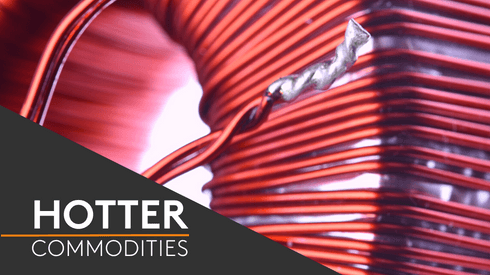While primary lead smelters in China are keeping their hopes high on generating more profits from the recovery of byproducts amid losses in the smelting of the base metal, some are skeptical about whether this would be enough of a lifebuoy for them to keep their heads above water in 2022.
Lead smelters have been navigating rough waters in 2021, and they do not have a lot of optimism for next year.
“A major Asian lead smelter that also produces bulk amounts of silver is now planning to extend its maintenance period for next year because they expect low lead-processing charges,” a lead producer source said.
White silver, minor metals such as antimony and bismuth, as well as sulfuric acid are common byproducts of lead smelting.
This year, the sale of byproducts has greatly offset the losses that lead smelters incurred in the smelting of the base metals alone, which emerged as a combination of low lead concentrate treatment charges, high battery scrap prices and more stringent environmental controls in China.
For instance, the export arbitrage window for silver opened in China in the first half of this year, allowing lead smelters to capitalize on the price difference of silver between the international and domestic markets. China sold three times as much silver ingot overseas during this period than a year earlier.
Silver tolling has also become a justification for access to cheaper credit. This revived several mothballed lead smelters in Hunan province this year.
Over the past few months, China’s export arbitrage window for silver was largely closed, though it is now open for certain market participants.
The Ag(T+D) silver contract on the Shanghai Gold Exchange closed at 4,788 yuan per kg – or $21.32 per oz – on December 24. The contract has been experiencing a gradual decline since peaking at 5,911 yuan per kg on May 18.
This is $1.57 per oz lower than a closing price of $22.89 per oz for the equivalent contract on the London Bullion Metals Association (LBMA) on the same day.
“Whether the silver export activity makes economic sense shall depend on the premium figures of individual transaction. It is hard to draw a stable stream of income from it,” a trader said.
Meanwhile, sulfuric acid – another major byproduct of lead smelting – is also unlikely to offer a stable buffer for lead smelters.
Prices for sulfuric acid have slipped to 420-450 yuan ($940-1,007) per tonne in central China’s Hubei province – where it is most actively traded – from more than 1,000 yuan per tonne in March this year, according to an analyst.
“The acid price has fallen by more than half and I believe it has already peaked,” a second producer source in southern China said.
“No one had expected that the price [of sulfuric acid] – which was close to zero before – could reach a high of over 1,000 yuan per tonne early this year,” the source added.
But despite the uncertainties of byproduct revenues and the principal lead smelting business, several lead smelters still prefer to keep their furnaces running.
“Unlike its sister metal zinc, [where] most smelters are owned by the state, a majority of lead smelters are private, so they would face issues with their credit lines if they cannot maintain their operations,” a second lead trader said.
By December 28, the Shanghai Futures Exchange’s front-month lead contract was up by only 5% from the start of the year, lagging behind other base metals such as zinc and copper, which have gained 19-20%.
This means that lead smelters higher production costs are unlikely to be transferred to buyers via a higher output price.





